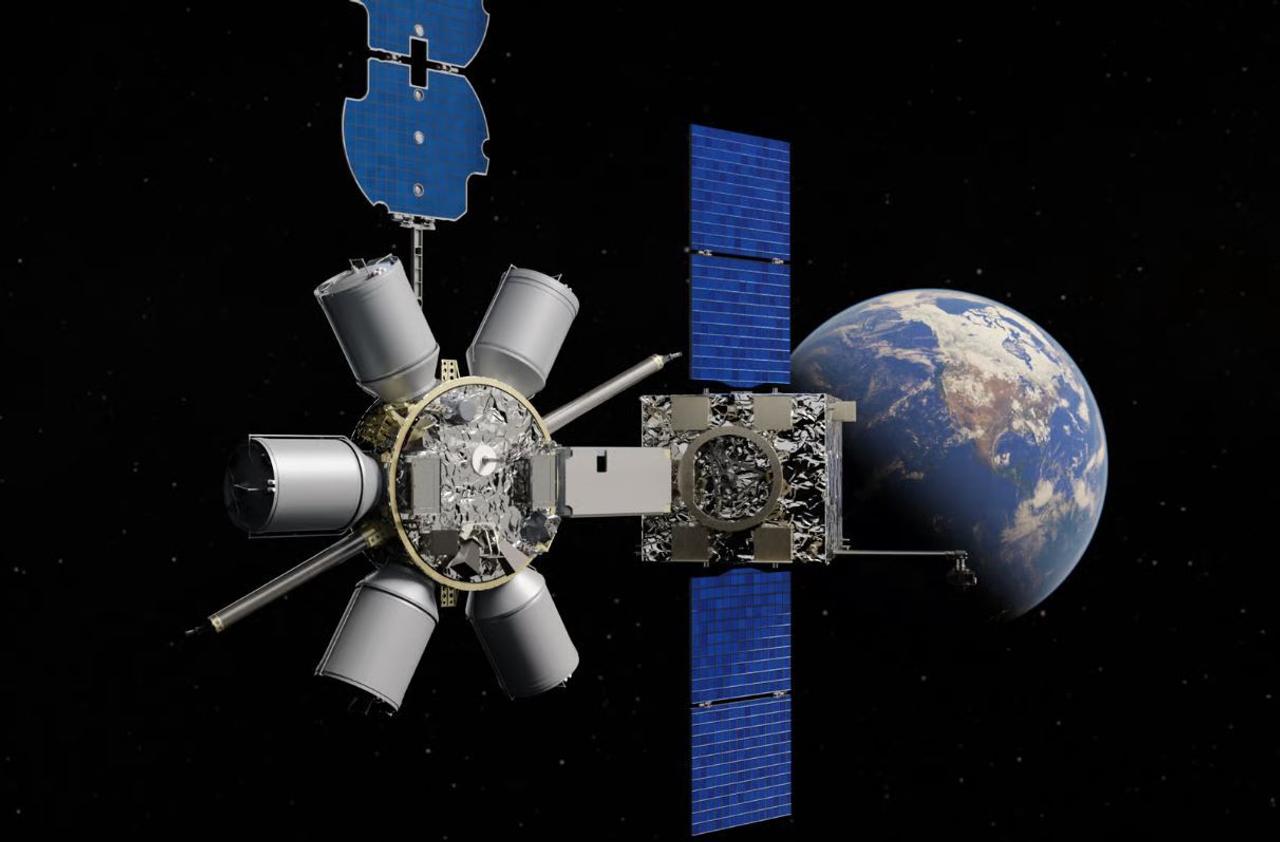
The US Space Force is building orbital refueling stations for its satellites
Satellites are very expensive to build and send into orbit, and engineers work to ensure that they last as long as possible. However, there is one limiting factor – the need for fuel.
Most satellites are passive objects orbiting the Earth. They need to maintain a position so that their solar panels are facing the Sun and their communication antennas are facing the Earth. Many satellites also need to be able to adjust their orbits to move to a new trajectory or to counter the effects of orbital decay.
All of these activities require fuel, because after a few years, a multi-million dollar spacecraft that is still in excellent condition becomes useless. To avoid this, Northrop Grumman is developing on-orbit maintenance modules. These robotic spacecraft are capable of docking with satellites that are running out of fuel, acting as an additional propulsion system, providing additional capabilities such as a new energy source or performing minor repairs.
This is necessary for the US space forces, as their military satellites pay special attention to motor activity. These vehicles must be able to frequently change orbit to explore a specific point on Earth, investigate another spacecraft, or evade a threat.
Refueling capability is an obvious solution, but the problem is that the development of the technology requires significant standardization to ensure that systems are compatible with those of the satellite seeking refueling.
The U.S. Space Force and Northrop Grumman are developing a common refueling system based on the PRM, which is a passive refueling station that can be docked with SSC satellites. This means that the future SSC spacecraft will be equipped with a PRM-compatible interface.

